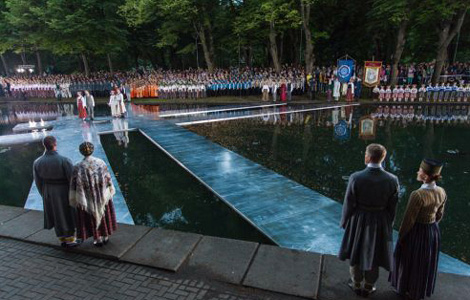No quick end in sight for Beijing smog
Updated: 2013-07-02 02:38
By WANG QIAN and ZHENG XIN (China Daily)
|
||||||||
Song Guojun, an environmental science professor at Renmin University of China, suggests an odd-and-even license plate rule should be introduced in Beijing to reduce pollution and the number of vehicles on the roads.
Beijing adopted such a rule during the 2008 Olympic Games to ensure clean air and reduce traffic jams. But the rule, which banned half of the cars from the city's roads according to the day of the week, was controversial as it affected car owners' rights. "Automobiles substantially are contributing to the air pollution," Song said.
In the capital, there are about 5 million cars on the roads every day, causing traffic jams and emitting huge amounts of exhaust, contributing 22 percent of PM 2.5 — small particles which enter the bloodstream via the lungs — according to the municipal government.
Beijing issued an emergency response plan for hazardous pollution for the first time last year. This calls for construction sites to limit activity that creates large amounts of dust and for industrial enterprises to reduce emissions during days of hazardous pollution.
The plan also requires the traffic authority to reduce the use of government vehicles on hazy days by 30 percent compared with normal days. Education authorities are told to instruct students to stay indoors on such days.
However, few people are wearing face masks on the capital's streets despite the constant smog.
Bill Milewski, an expatriate from the United States who has lived in Beijing for years, said he is not checking the air quality index as often as before because the pollution is so frequent.
"It made me unhappy to see the figure go beyond the index, so I simply stopped reading it," he said.
But Milewski said he installed air purifiers in his apartment years ago when he moved to the capital from Hong Kong.
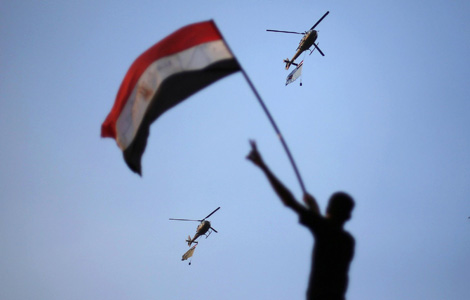
 Egypt army gives Mursi 48 hours to share power
Egypt army gives Mursi 48 hours to share power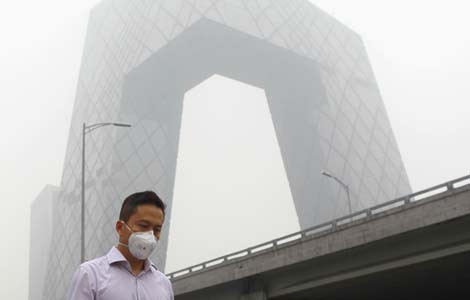
 No quick end in sight for Beijing smog
No quick end in sight for Beijing smog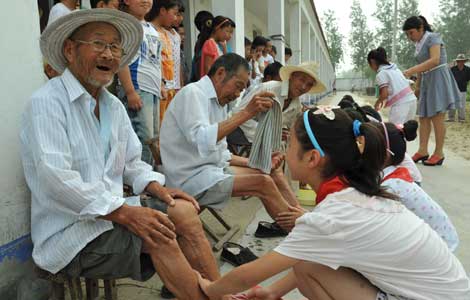
 New filial law sparks debate
New filial law sparks debate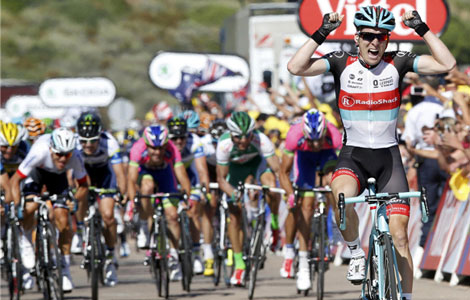
 Bakelants claims Tour de France second stage
Bakelants claims Tour de France second stage
 2013 BET Awards in Los Angeles
2013 BET Awards in Los Angeles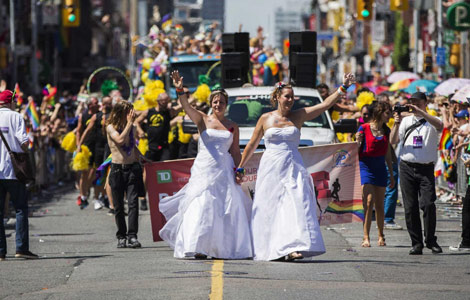
 Gay pride parade around the world
Gay pride parade around the world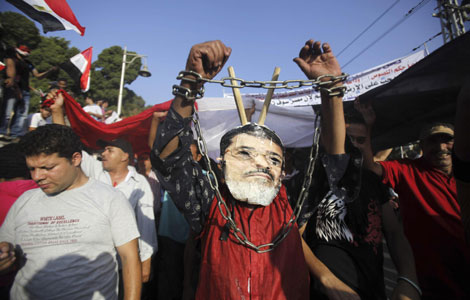
 Four dead in Egypt clashes, scores wounded
Four dead in Egypt clashes, scores wounded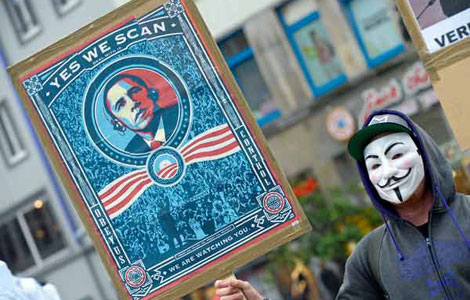
 New NSA spying allegations rile European allies
New NSA spying allegations rile European allies
Most Viewed
Editor's Picks
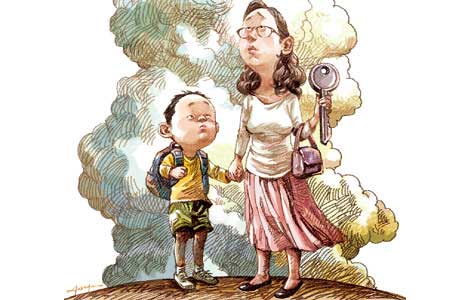
|

|

|
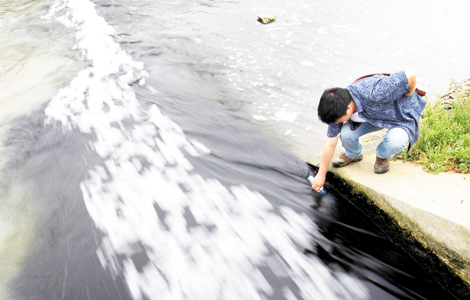
|
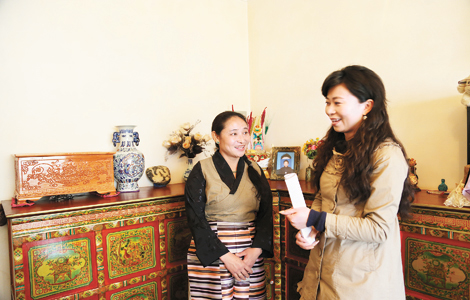
|
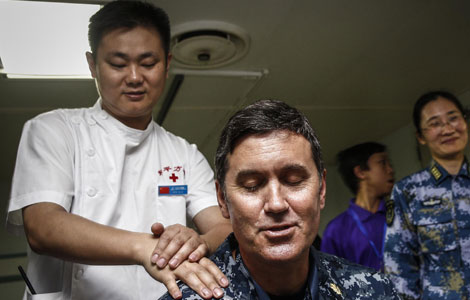
|
Today's Top News
Snowden threats to make new US leaks
Book reveals islands' true history
Tokyo warned not to resort to 'empty talk'
Snowden applies for Russian asylum
No quick end in sight for Beijing smog
New home prices defy curbs
Mandela 'still critical but stable'
Shanghai to open first Sino-foreign high school
US Weekly

|

|
